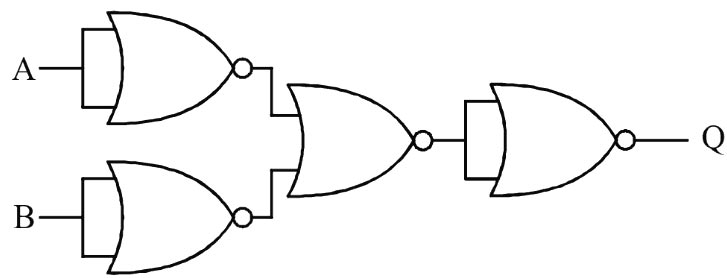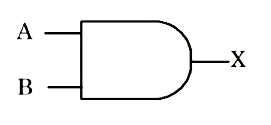Method 1
Supply Voltage = 120 V
Current I = 1.5 A
Total Resistance R = V/I = 120/1.5 = 80 Ω
Now resistance of 3 lamp be R1, R2, & R3
Req = R1 + R2 + R3
80 = 30 + 30 + R3
R3 = 20 Ω
Method 2
Applying KVL on the above circuit
120 = 1.5(R1 + R2) + 1.5R3
120 = 1.5(30 + 30) + 1.5R3
120 = 90 + 1.5R3
R3 = 30/1.5
R3 = 20 Ω

